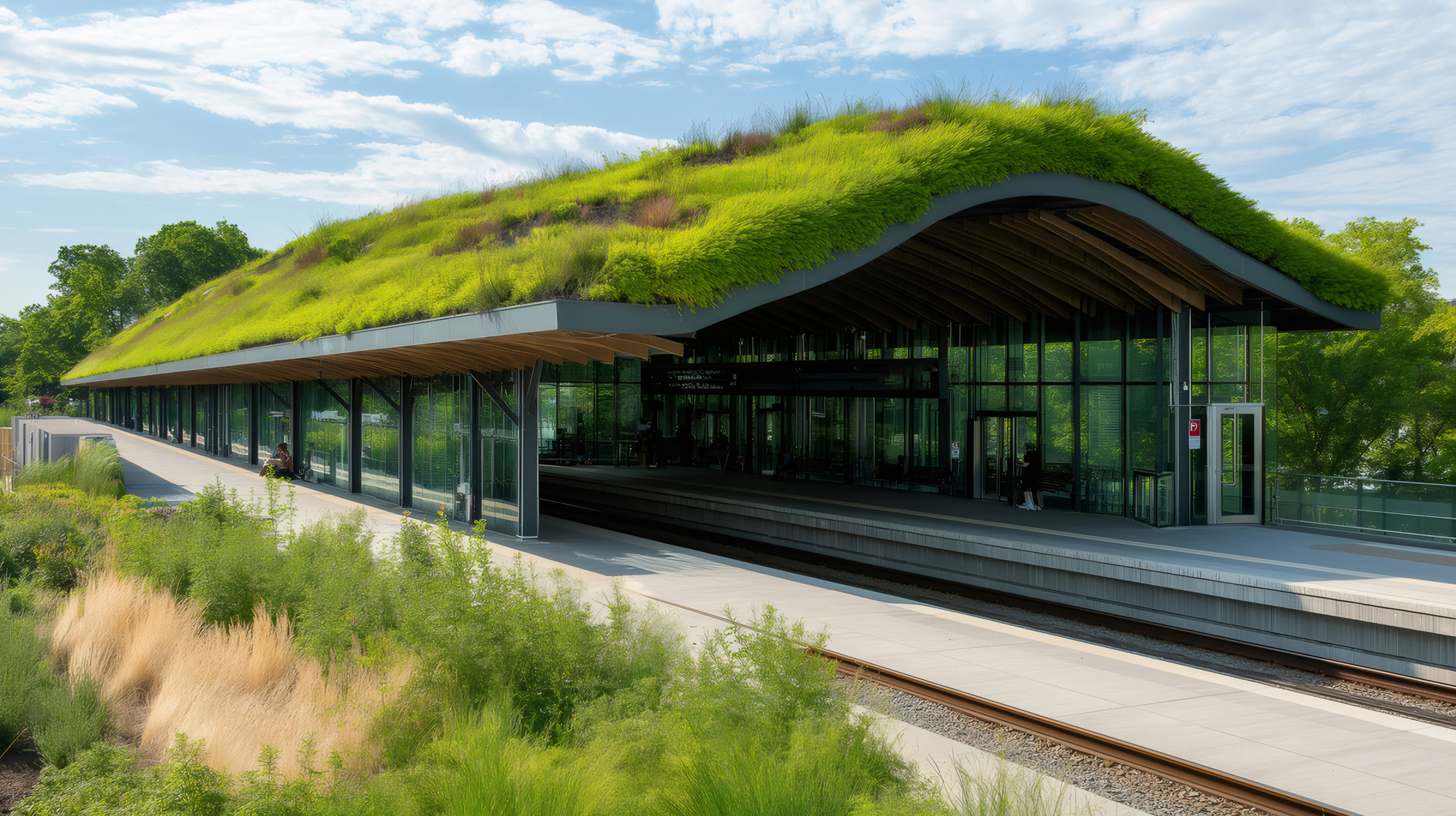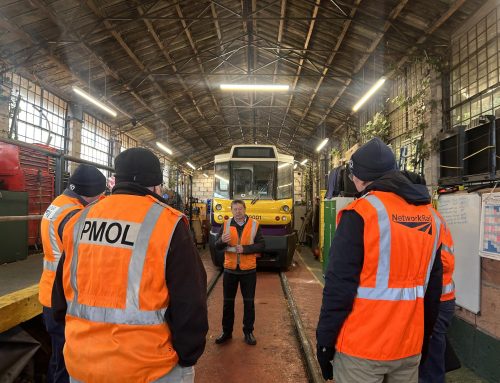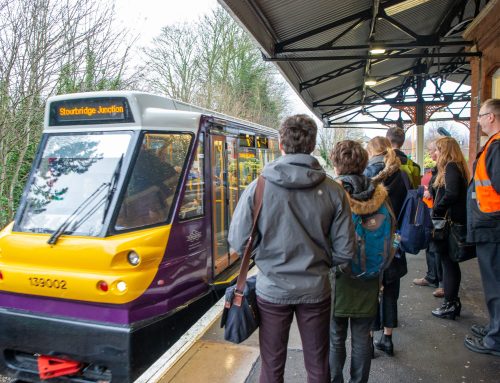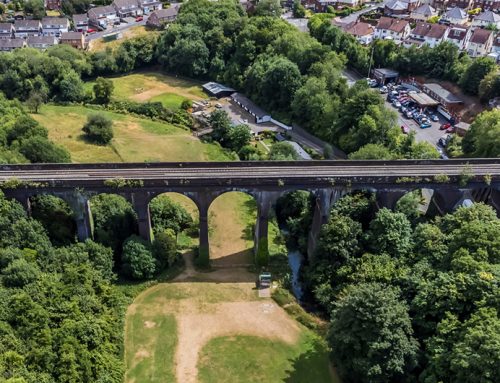
VLR Brings New Philosophy
For decades, the rail industry has been slow to adapt to modern challenges. While other sectors embrace digital innovation, clean energy, and modular design, traditional rail remains tied to costly mega-projects, slow timelines, and rigid infrastructure. In a world facing climate urgency, rising urban congestion, and tighter public budgets, the old ways of building and operating rail are no longer fit for purpose.
A quiet revolution is underway. Across the UK, lightweight, technology-driven solutions are challenging the dominance of traditional rail models. At the centre of this shift is Very Light Rail (VLR)—a new approach that delivers rapid, sustainable, and affordable transport without the burden of heavy infrastructure.
VLR systems use lightweight, battery-powered vehicles running on existing or repurposed alignments, cutting both construction and operational costs dramatically. Projects like the Stourbridge Shuttle have proven the model, delivering over 99% reliability while operating at around 50% of the cost of conventional heavy rail.
Building on this success, the proposed Dudley Dasher aims to extend lightweight rail services to Brierley Hill, connecting key locations like Merry Hill Shopping Centre at a fraction of the cost of traditional Metro expansions.
But VLR isn’t just about vehicles—it represents a whole new philosophy for infrastructure:
- Agility over permanence: scalable systems that can expand with demand.
- Affordability over excess: delivering value without billion-pound budgets.
- Sustainability over compromise: zero-emission, low-impact operations ready to meet net-zero goals.
One of the most powerful advantages of Very Light Rail is the ability to upscale services organically. Unlike traditional heavy rail or metro projects that demand massive upfront investment based on projected maximum usage, VLR allows communities to start modestly and expand based on real-world demand.
Services can be launched quickly, build ridership over time, and scale infrastructure and capacity as needed, without the financial risk or disruption of oversizing from day one. Upscaling empowers towns and cities to respond flexibly to growth, economic shifts, and changing commuter patterns, ensuring that transport investments stay efficient, sustainable, and aligned with actual community needs.
By starting small, proving demand, and growing organically, VLR projects avoid the pitfalls of outdated “build it and they will come” strategies. Instead, they offer local authorities a faster, smarter, and cleaner way to upgrade public transport—and to reconnect communities that have long been left behind.
The future of rail doesn’t have to be heavier, slower, or more expensive. It can be lighter, leaner, and more local.


